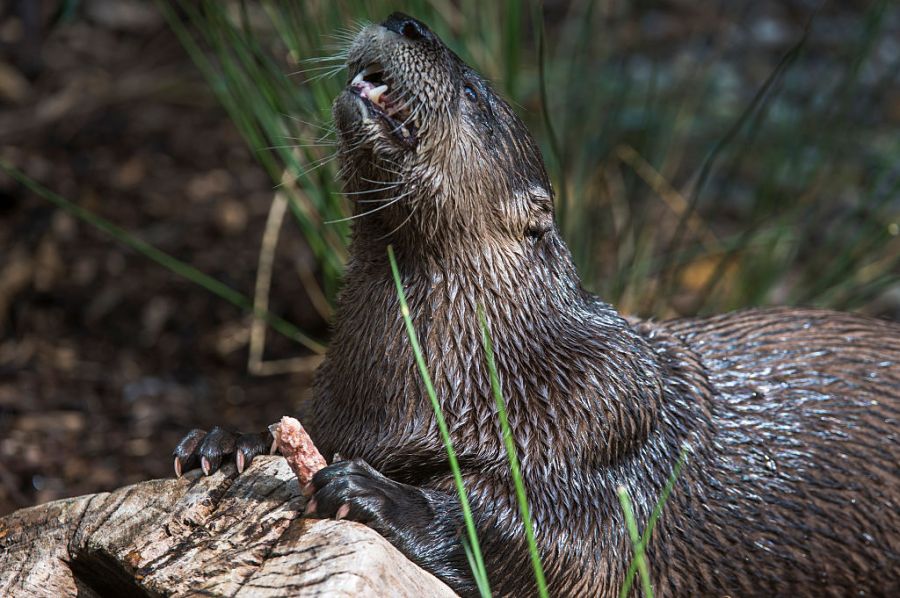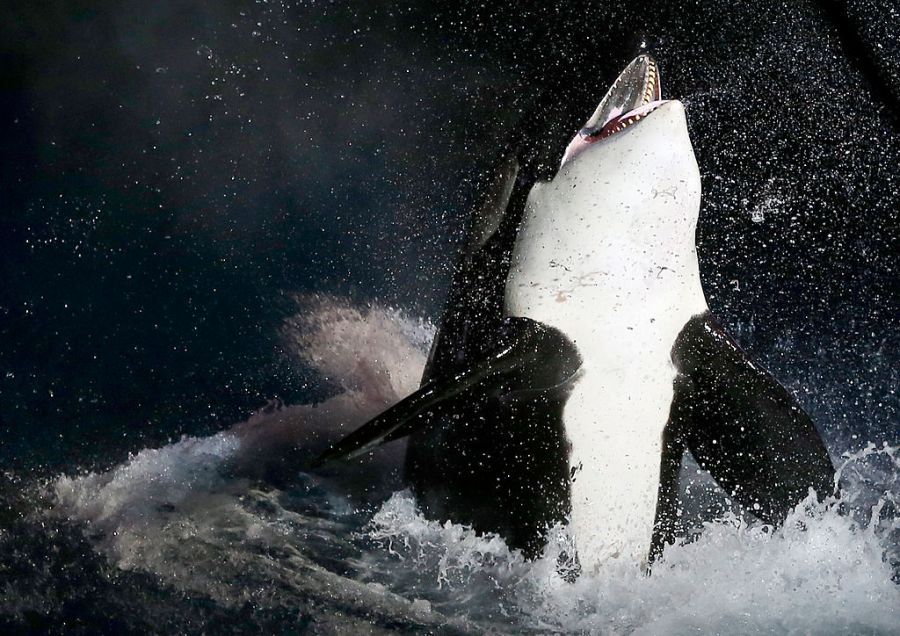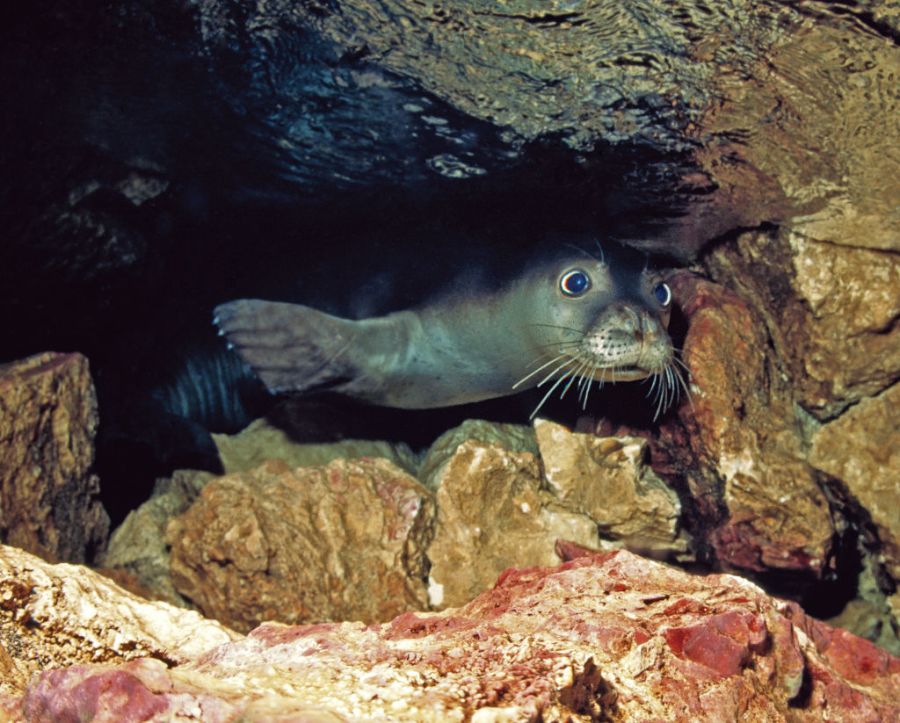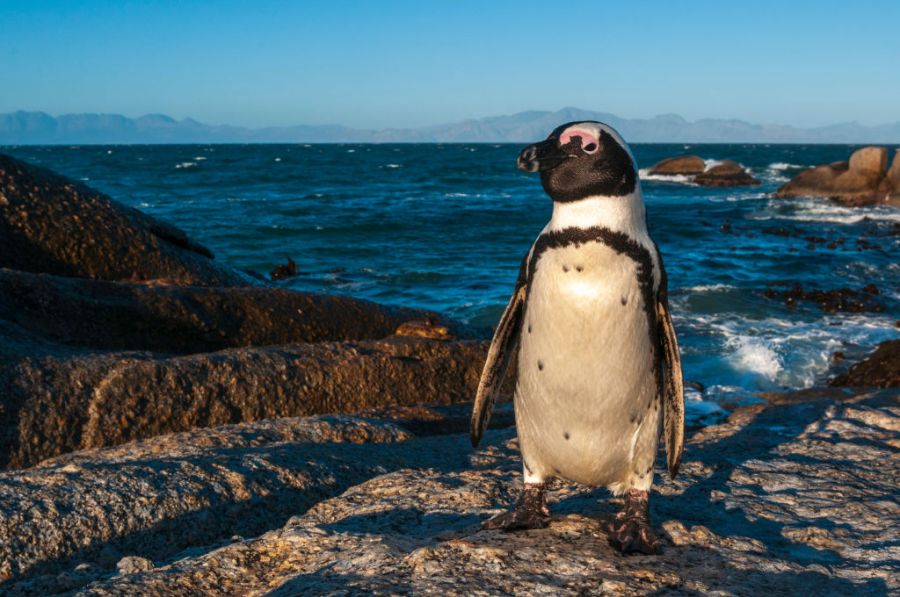Manatees, Polar Bears, and Other Endangered Marine Life

Marine life is incredibly unique — as are these creatures’ natural habitats. Just like land species, their survival depends on maintaining a delicate and natural balance. Unfortunately, some of these aquatic creatures are at risk and dying at higher rates than ever before.
From climate change’s warming water temperatures to overfishing and increased ocean pollution, so much not only threatens these animals and the places they call home but pushes them closer to being endangered.
Vaquitas Die From Entanglement In Illegal Gillnets
As of 2022, there are currently fewer than 19 Vaquitas alive due to them perishing from being caught illegally in gillnets. Native to the Northern Gulf of California, Mexico, Vaquitas are hunted for their swim bladders which are worth millions in the illegal trade to China fisheries.

With fewer than 19 Vaquita alive, saying they’re on the verge of extinction is an understatement – but fear not. The Marine Mammal Commission has worked with international governments to raise awareness about this illegal activity. Furthermore, they have provided funding as well as their technical and scientific expertise to aid in these efforts to preserve Vaquitas.
The Pacific Walrus Isn’t Endangered… Yet
While not in the same category as the Vaquita, the Pacific Walrus’s endangered species has fluctuated throughout the years. In 2008, the U.S. Fish and Wildlife Service (FWS) petitioned to have them classified as endangered or otherwise threatened under the Endangered Species Act (ESA). Despite this official classification, the decision was reversed in October of 2017.

The reason for this reversal stemmed from these Walrus spending more time underwater thus avoiding Polar bears and humans – their greatest threats. Despite this good news, scientists theorize the Pacific Walrus reentering endangered status in the near future with rising temperatures and climate change.
Northern and Southern Sea Otters Are Eating Themselves To Death
Native to the Aleutian Islands, Alaska, and Washington State, the Northern Sea Otter have a population of roughly 77,000. However, Southern Sea Otters, which live off the coast of California, aren’t doing as well. Researchers estimate that their numbers have dwindled to just 3,000.

Sea otters consume a lot of food in order to stay warm in cold waters. Additionally, sea otters tend to have high metabolisms and thus typically eat up to a quarter of their body weight each day. However, shellfish fisheries’ overfishing combined with other sea animals consuming the same foods has severely impacted the availability of food for otters.
What’s Killing Killer Whales?
Back in 2005, Southern Resident Killer Whales were officially listed as endangered by the Endangered Species Act and are considered depleted under the Marine Mammal Protection Act. Also known as Orca Whales, Killer Whales are known to inhabit the Salish Sea during the summer and fall seasons. During winter and spring, they can be found in Monterey Bay and Alaska.

While scientists haven’t exactly identified what it is that has contributed to the increase in Orca mortality rates, there are three factors that they generally agree contribute to it consistently. Lack of prey, water pollution, and noise from big vessels are theorized to be the three main reasons Orcas are on the decline – but, water cleanup efforts and fishery interactions are contributing to rescuing Orcas and decreasing mortality rates.
The Mediterranean Monk Seal Just Wants Peace
The Mediterranean Monk Seal (Monachus monachus) and the Hawaiian Monk Seal are the only two species of monk seal currently alive after losing their cousin, the Caribbean Monk Seal, sometime during the 20th Century. With the two remaining species still intact, their population totals roughly 700 seals.

True to its name, the Mediterranean Monk Seal is reclusive by nature. This introverted mammal doesn’t go out of its way to interact with others, but it doesn’t stop it from being hunted and killed by sharks and humans. Native to the Northeastern Mediterranean Sea and the northwestern coast of Africa, fishermen tend to shoot monk seals for damaging their fishing equipment. Because of this harsh and unethical treatment of monk seals, Greek scientists have observed many of these seals migrating to subpar habitats such as caves to avoid being shot.
Despite the dangers monk seals face, conservation efforts have been made to help stimulate population growth. Habitat protection, laws against shooting monk seals, and funding for more conservation efforts are just a few steps that scientists are taking to protect and promote population growth for these peace-loving sea creatures.
Beluga Whales Are Battling an Increase in Overseas Shipping
With over 150,000 beluga whales in the wild, this species is not in as much danger as others on this list. However, they are near the threatened level — and likely to face more problems in years to come.

The main problem? An increase in overseas shipping means more pollution, a greater chance of oil spills, and a risk of more beluga-boat collisions. Not only that but belugas, which use sound to communicate, have been harmed by an increase in underwater noise pollution caused by boats and construction. With their main form of communication disrupted, these creatures have trouble sourcing food, finding mates, navigating their (increasingly crowded) surroundings, avoiding predators, and caring for their young.
Oil Spills, Food Loss, and Their Impact On African Penguins
The cute, waddling Cape penguins (or African penguins) live in cold currents along the coast of South Africa. However, this penguin population has declined by over 95% in the last 100 years — and over 50% since the late 1970s. In 2015, it was estimated that only around 25,000 breeding pairs remained in the wild.

This species is in trouble for several reasons: their nesting sites have been damaged, oil spills have sullied their waters, and overfishing has contributed to a loss of food sources. A Species Survival Plan for endangered African penguins was put in place by the Association of Zoos and Aquariums (AZA) to help maintain the genetic health of over 926 African penguins throughout 27 AZA-accredited zoos and aquariums. Let’s hope it’s enough to keep the population at a viable level.
Polar Bears Are Walking On Thin Ice
According to the International Union for Conservation of Nature (IUCN) Red List, the Polar Bear population is estimated to be roughly 36,000. This number is significantly higher than most of the others on this list – however, factors such as climate change and greenhouse gas emissions have contributed to the steady decrease in ice caps in the arctic regions and thus steadily increasing polar bear mortality rates.

Despite being considered threatened rather than endangered, it is still worth keeping an eye on polar bears. The Marine Mammal Commission urges humans to be mindful of greenhouse emissions as well as water pollution as these are two of the biggest factors that contribute to polar bear deaths.
To conclude, marine mammals are generally peaceful creatures who enjoy their solitude. Being mindful of the environment, volunteering free time to conservation efforts, and supporting businesses that engage in eco-friendly practices are some of the actions you could take to help these endangered animals as well as the environment.





